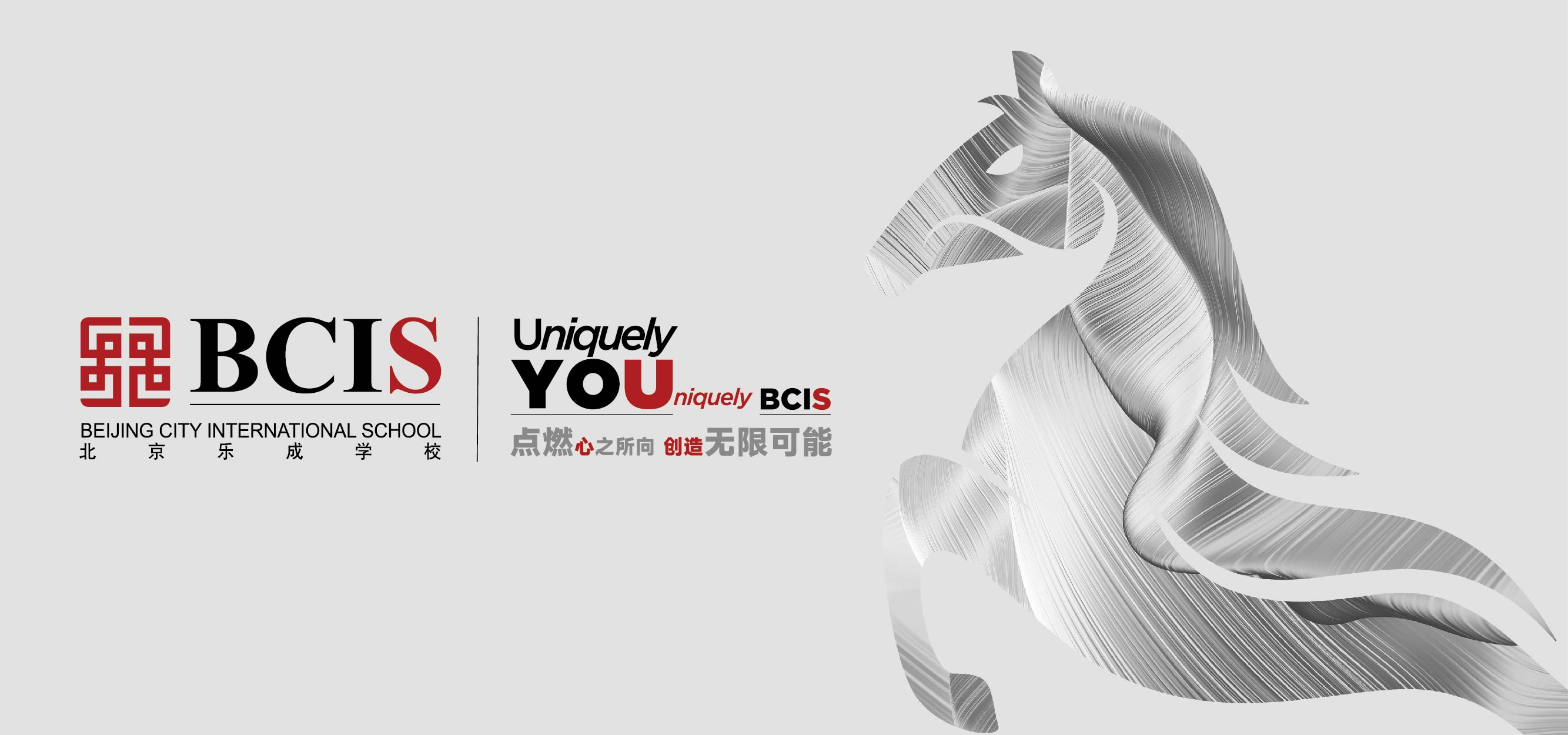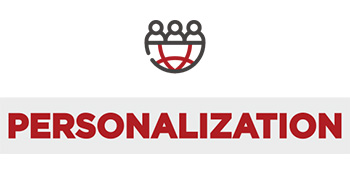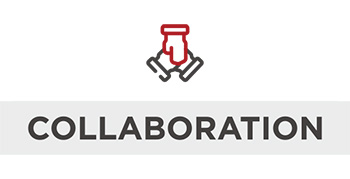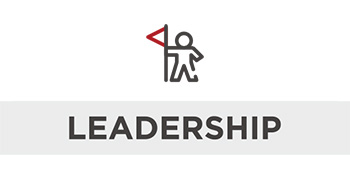Strategic Plan - Personalization
|
At BCIS, PERSONALIZATION of learning outcomes allows students to pursue their strengths and interests. This understanding of personalization assumes that all talents, skills, and knowledge are of equal value and thus all learning outcomes are valuable. As a result, instead of requiring all students to master exactly the same knowledge and skills, this approach asks for personalized educational experiences that support the development of individual talents. The following two types of personalization will be implemented at BCIS.
Strength-based personalization: Allowing students to personalize their outcomes is to enhance their strengths. Strength-based personalization requires teachers to shift their focus from what students cannot do, to looking more closely at what each student can do and using that as a starting point to build individualized pathways for each student. To do so, schools need to offer a broader range of courses or other learning activities for students to explore their strengths. This could mean for example allowing students to co-design courses with teachers. The teacher’s role would be to mentor, motivate, and challenge their students.
Passion-driven personalization: Personalization can also be driven by students’ passions, which can be different from their strengths. What a student may be good at can be different from what he or she is passionate about. To support personalization driven by students’ passions, schools need to develop mechanisms to identify students’ interests. Schools must treat these interests seriously once they are identified, and schools then develop courses and learning activities accordingly.
Strength-based personalization: Allowing students to personalize their outcomes is to enhance their strengths. Strength-based personalization requires teachers to shift their focus from what students cannot do, to looking more closely at what each student can do and using that as a starting point to build individualized pathways for each student. To do so, schools need to offer a broader range of courses or other learning activities for students to explore their strengths. This could mean for example allowing students to co-design courses with teachers. The teacher’s role would be to mentor, motivate, and challenge their students.
Passion-driven personalization: Personalization can also be driven by students’ passions, which can be different from their strengths. What a student may be good at can be different from what he or she is passionate about. To support personalization driven by students’ passions, schools need to develop mechanisms to identify students’ interests. Schools must treat these interests seriously once they are identified, and schools then develop courses and learning activities accordingly.

